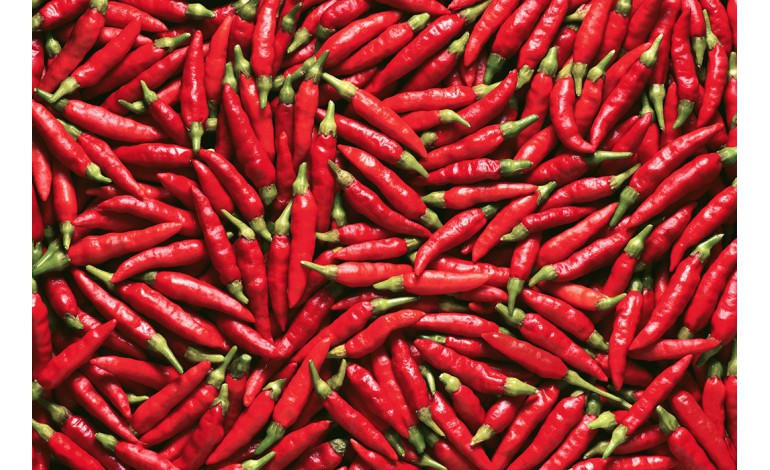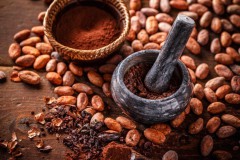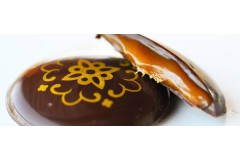pepper, a long journey for a globalized spice!
from a botanical point of view, the pepper is part of the solanacea family which includes nearly 90 genres and more than 3000 species mainly natives in the south and center of America. There is in this family: eggplant, tomatoes, physalis, potato or tobacco.
It is believed that the chilli was from Bolivia and then spread to South America through birds carrying its seeds. According to vestiges found in the Tamaulipas and Tehuacan caves in Mexico, the chili has been used for at least 7,000 years. The Azteques obtained from the small game various varieties that we total at 27 having shapes, colors, sizes and different forces. The traces of the first domestications would go back to more than 3000 BC.
1492 marks the departure of the pepper for a long journey: Christopher Columbus was the first European to bring back pepper. Doctor Diego Alvarez Chaca, member of his expedition, noticed his local use called "AG", and proposed it in Spain. At first, the pepper was little success, its spicy side was considered unattractive with regard to pepper.
But economic data changed its destiny: spices from Asia were more and more taxed by the various intermediaries being on their way (Asia Minor and Middle East), and at the same time the growing European bourgeoisie were Increasingly in spice request, corresponding to a certain "standing". This had a double consequence: the rise in spice prices and the absolute desire to bypass the land imports of spices. The seaway was to be found motivating all the discovery expeditions of the Indies.
The Portuguese Vasco de Gama, passing through the Cape of Good Hope, discovered the Malabar coast of Indies in 1498. It thus allowed the creation of a new maritime and commercial route ranging from Europe directly in India.
Goa was thus the first counter and the first city won by the Portuguese. This city was the point of introduction of the chili. The chilli was well received by the Indians, used to the spice (which is found in peppers and ginger). In addition, the climate (hot and humid) of the Malabar coast was perfectly conducive to its culture which became very easy. The pepper was therefore adopted by the Indians and entered the composition in particular of their Massala (Mixtures of spices).
The Pepper Route did not stop in India, he then followed the various trade routes diffusing from the West: in India, in China and in all of Asia. And by the east: by going up India and following the old and traditional roads via the Arabs who imported it.
and surprisingly these are the exchanges with the Ottoman Empire allowed the creation of an AOP of today: indeed the Turkish (Ottoman) adopted it and during their conquests they brought it in Europe and in particular via the Balkans to Hungary. The Hungarians integrated it into their kitchen, including the famous Goulash. They made many cultures and began to create different cultivars: thus the paprika was born. Today alone and only the pepper of Slovakia and Hungary can bear the name of Paprika.
The pepper then spread in Europe more slowly from 18 th until today, the sensitivity of the European palace to the spice of the pepper slows down somewhat its diffusion. Thus the chilli has therefore reached us by the eastern France.
But for the record it also arrived from the West much earlier: in 1650 we find the first pepper plantations in the Basque Country (pepper which came directly from the Antilles and South America via the Maritime Expeditions) . This pepper was going to become the genus Gorria (Capsicum annuum gorria ) and is today called Espelette pepper. Span>
This plant made a real world tour in 500 years and according to the different commercial and historical adventures of man, to be cultivated almost everywhere.
today we account for more than 140 varieties of pepper with different flavors and forces.
Savoriously,
Max Daumin







